By Ya Sainey Gaye, ChildFund The Gambia
A group of 37 formerly sponsored children — now young adults — have formed an alumni association in The Gambia. They hope to increase awareness of ChildFund’s sponsorship program at a community level, as well as ChildFund-supported projects that improve education, early childhood development, health care and other needs.
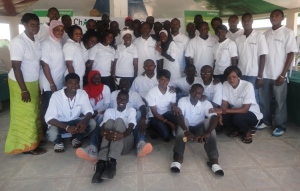
The ChildFund The Gambia alumni association.
“To ChildFund The Gambia, I have to say that you have indeed restored and nurtured the hopes and aspirations of over 20,000 people in this country through your sponsorship program, which all of us here today benefited from,” said Alieu Jawo, who was elected chairperson of the alumni group. “This is indeed a divine investment.”
Alieu, who is now 35, runs a graphic design and printing company, owns a general merchandise brokerage and serves as a shareholder and director of an insurance firm.

Alieu is now chairperson-elect of the alumni group.
“My inclusion into the sponsorship program brought hope and joy to me and my entire family,” Alieu said, “as it was a serious nightmare for an ordinary farmer like my dad and any other average farmer to be able to send his or her kid to high school. There were no good ones around my village or region.”
But with the help of his ChildFund sponsor, who paid his school fees above and beyond the monthly sponsorship, Alieu was able to excel at primary school and continue his education. Other alumni echoed Alieu’s story.
“I was privileged because it gave me the opportunity to continue my education,” said 30-year-old Fatou Bojang, who received shoes and medical supplies too. “That meant less worry and burden on my parents.”
ChildFund The Gambia hosted the forum to formally launch the alumni association in Bwiam. Participants received a briefing on ChildFund’s organizational structure, a refresher on its mission and overviews of ChildFund’s five-year strategic plan and The Gambia’s strategic plan.
Equipped with a better understanding of ChildFund’s operations in The Gambia, the group drafted a constitution and nominated candidates for an executive board. Then the members cast votes.

Fatou, a former sponsored child, is now a mother, senior researcher and a part-time college lecturer.
Staff from ChildFund’s national office challenged the participants to continue to make time for the alumni association, to work in their communities and to assist ChildFund as partners to promote child development and protection. The alumni, who well recall what sponsorship means to them, expressed optimism for the future.
“My enrollment in ChildFund sponsorship program really did contribute to what I am today,” noted Demba Sowe, 37. “I am now a father of five and an interpreter at the judiciary of The Gambia.”

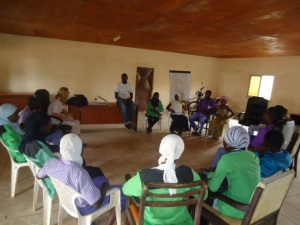

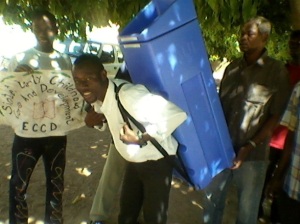










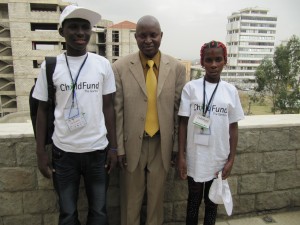

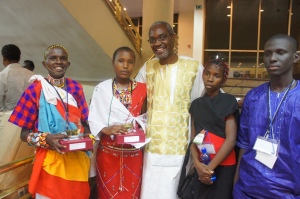




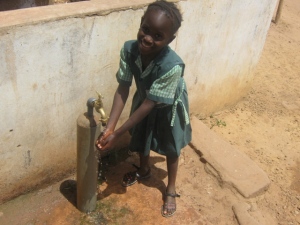 As a result of having reliable sources of fresh water, health and hygiene are improving within the communities. Another outcome is reduced occurrences of diarrhea diseases and malaria infections that hit hard for children under the age of five.
As a result of having reliable sources of fresh water, health and hygiene are improving within the communities. Another outcome is reduced occurrences of diarrhea diseases and malaria infections that hit hard for children under the age of five.



